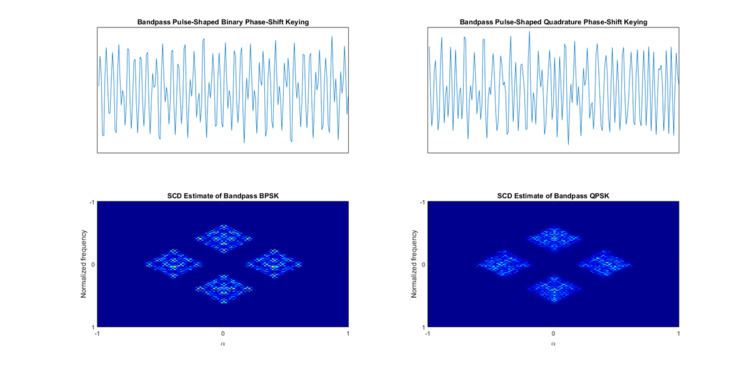 | ||
The spectral correlation density, sometimes also called the cyclic spectral density or spectral correlation function, is a function that describes the cross-spectral density of all pairs of frequency-shifted versions of a time-series. The spectral correlation density applies only to cyclostationary processes because stationary processes do not exhibit spectral correlation. Spectral correlation has been used both in signal detection and signal classification. The spectral correlation density is closely related to each of the bilinear time-frequency distributions, but is not considered one of Cohen's class of distributions.
Contents
Definition
The cyclic auto-correlation function of a time-series
where (*) denotes complex conjugation. By the Wiener–Khinchin theorem, the spectral correlation density is then:
Estimation methods
The SCD is estimated in the digital domain with an arbitrary resolution in frequency and time. There are several estimation methods currently used in practice to efficiently estimate the spectral correlation for use in real-time analysis of signals due to its high computational complexity. Some of the more popular ones are the FFT Accumulation Method (FAM) and the Strip-Spectral Correlation Algorithm. One method to calculate the spectral correlation density of a discrete-time signal
